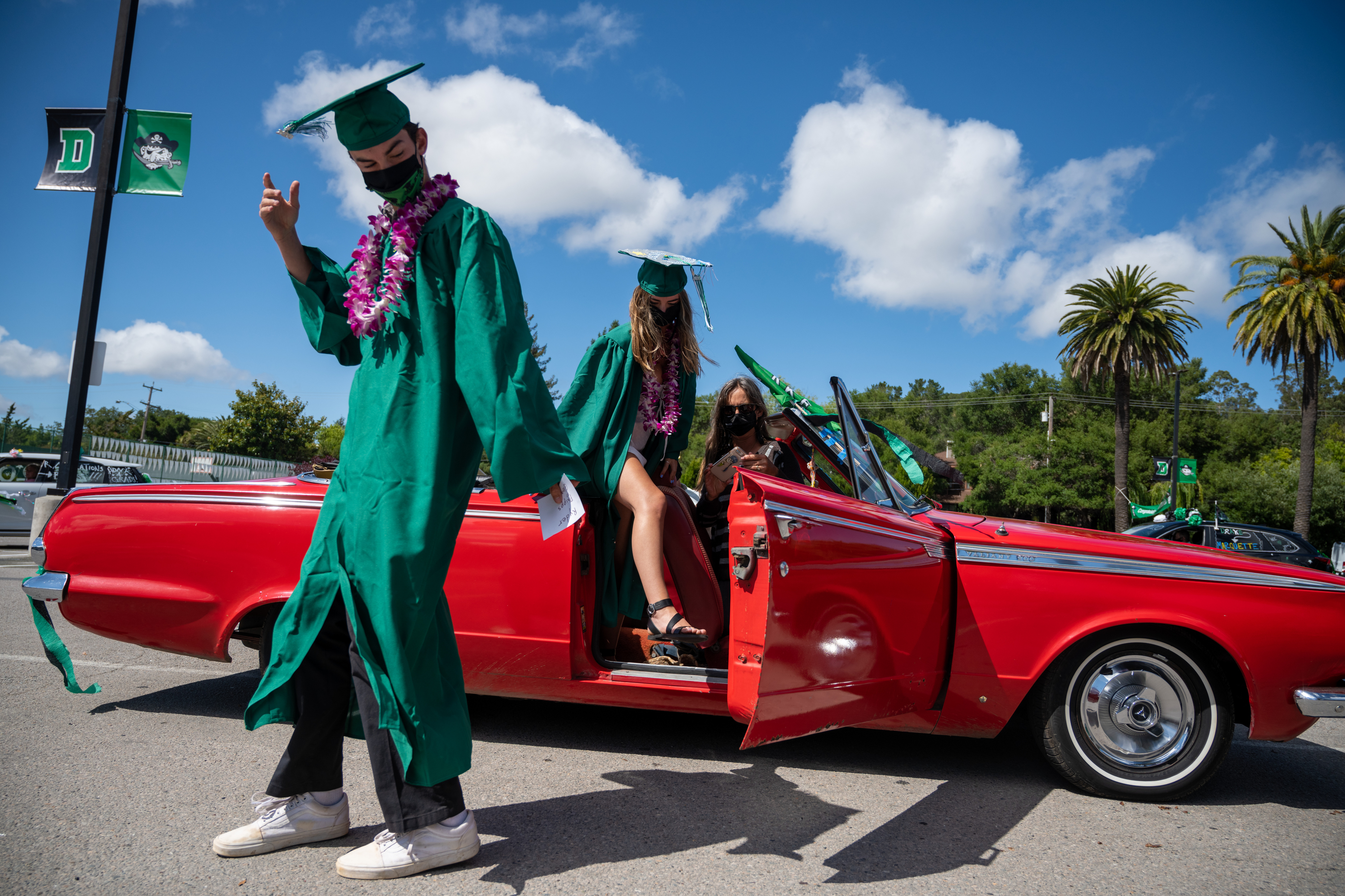“Everything is about story, and it’s about communicating,” photojournalist and filmmaker Deanne Fitzmaurice says over the phone, when asked for photography advice. “Storytelling is a way we can connect with viewers. It adds so much depth — it has deeper meaning and it resonates to a much deeper degree.”
That advice — to tell stories through the lens, not just take pretty pictures — sounds a little vague but is perhaps the most potent photography anyone can offer. And Fitzmaurice is the right person to share it. Her work is noted for drawing viewers into the lives of her subjects and has appeared in Time, Der Spiegel, Men’s Journal, Sports Illustrated, National Geographic, and scores of other outlets. She’s a Nikon ambassador, a filmmaker, and was awarded the 2005 Pulitzer Prize for her photo series following the 13-month recovery of a young Iraqi boy who was horribly injured by an improvised explosive device.
Clearly, Fitzmaurice’s photos have the ability to transcend simple still images. And since we want to be able to do that too, we linked up with the photo journalist and picked her brain on how we can better elevate our images. Check her advice below.
***
TIP 1: Put Your Subject Into Context
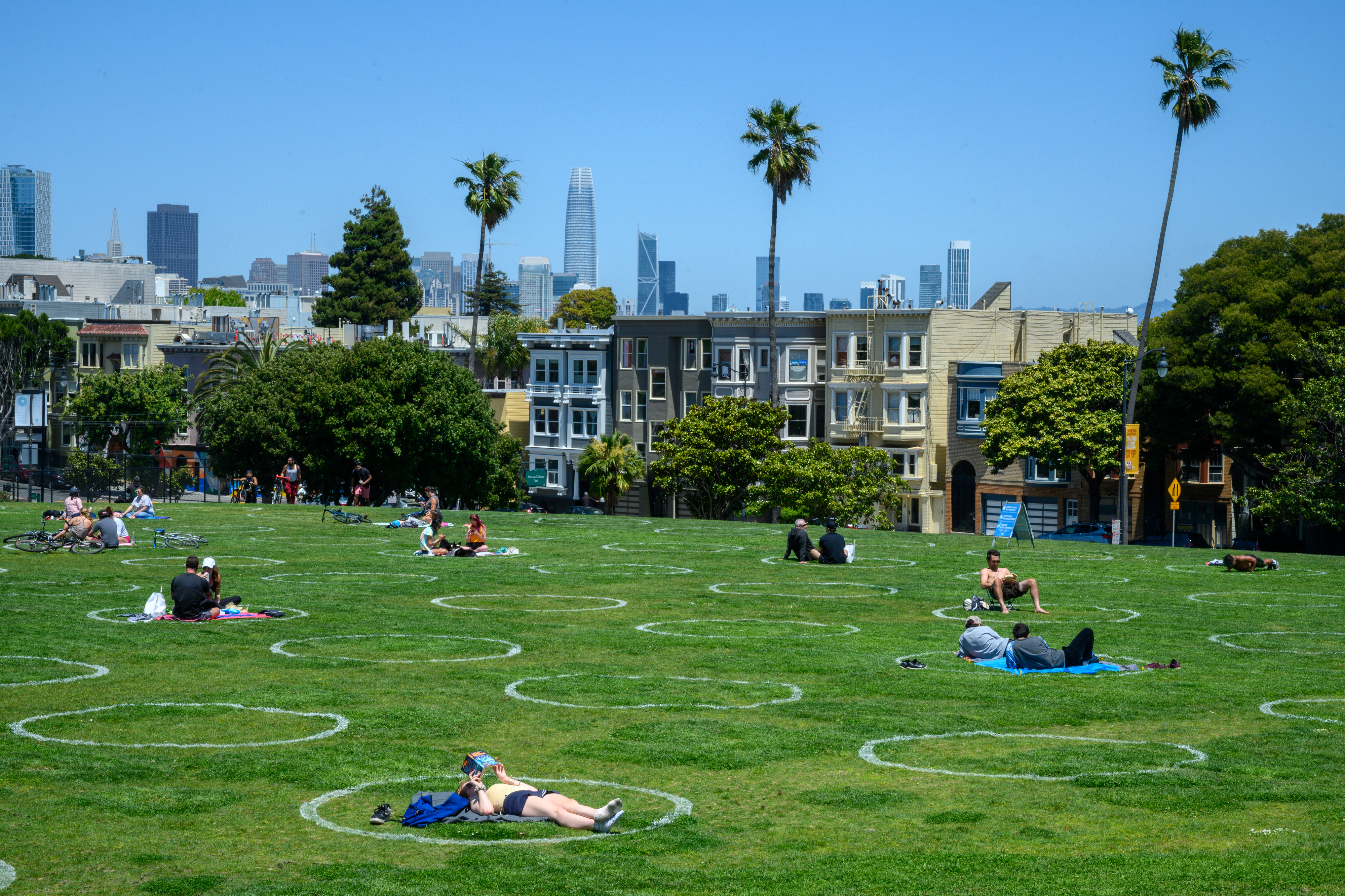
I like to photograph landscapes that tell a story. For example, I went out to San Francisco and found this park where they were painting these circles into the grass for social distancing and found a great vantage point to photograph it from. It’s important to think about putting your subject into context — where are we? I was able to see the skyline of San Francisco behind the park, but it also told the story of where we are in this moment in time. It gives a sense of place, it talks about what is happening right now in the world by showing these pandemic circles.
TIP 2: Look For Moments
I was waiting for a moment to happen within these circles. Taking time is a big part of successful photography, no matter what it is you’re trying to do. Finding the right moment comes from spending time, so find your position, and just wait, observe, and watch as people move around and look for something kind of magical or special to happen.
Sometimes the magic can happen from of the light. Maybe you go out and photograph at twilight and you have this beautiful blue light, the blue sky, or just really late in the day or early in the morning when you get the shadows and the extreme light.It can be really dramatic and it can really make your scene pop.
TIP 3: Think Of Layers
Layering is really important in any type of photography. One layer was the grass with the circles, another layer was the people who came and sat in these circles or were walking around them or interacting with these circles, and the other layer was the skyline of San Francisco behind it.
But for me, the most important thing to think about is story — it’s about layering the scene structurally but also layering the scene with meaning.
TIP 4: Find Ways To Adapt
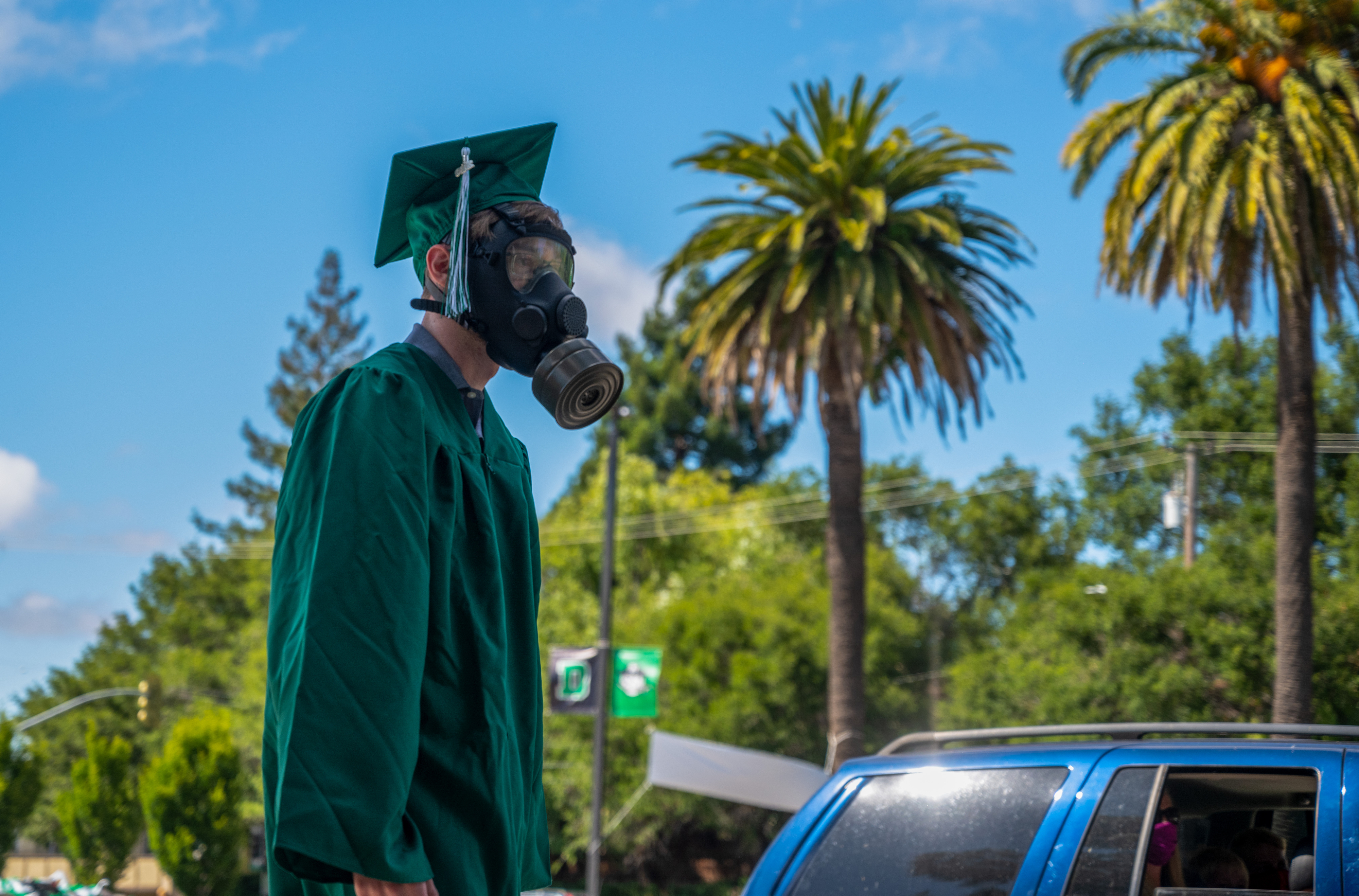
You can use backlighting, sometimes I go into open shade — just look for a place where you don’t have that direct overhead light that’s causing these difficult overhead shadows. Sometimes, you can set it up so that you’re doing a time exposure, motion blur, at that point the lighting isn’t as important, you’re not going to have a problem with the shadows, you’re kind of introducing a new look.
This depends on if you’re photographing a person or not but you can add some flash fill to compensate for the shadows, to open them up.
TIP 5: Find An Angle That Works
Think about different angles, going up high looking down, getting low looking up, maybe you can use a longer lens and compress the scene.
TIP 6: Rethink The Idea Of “Self-Portrait”
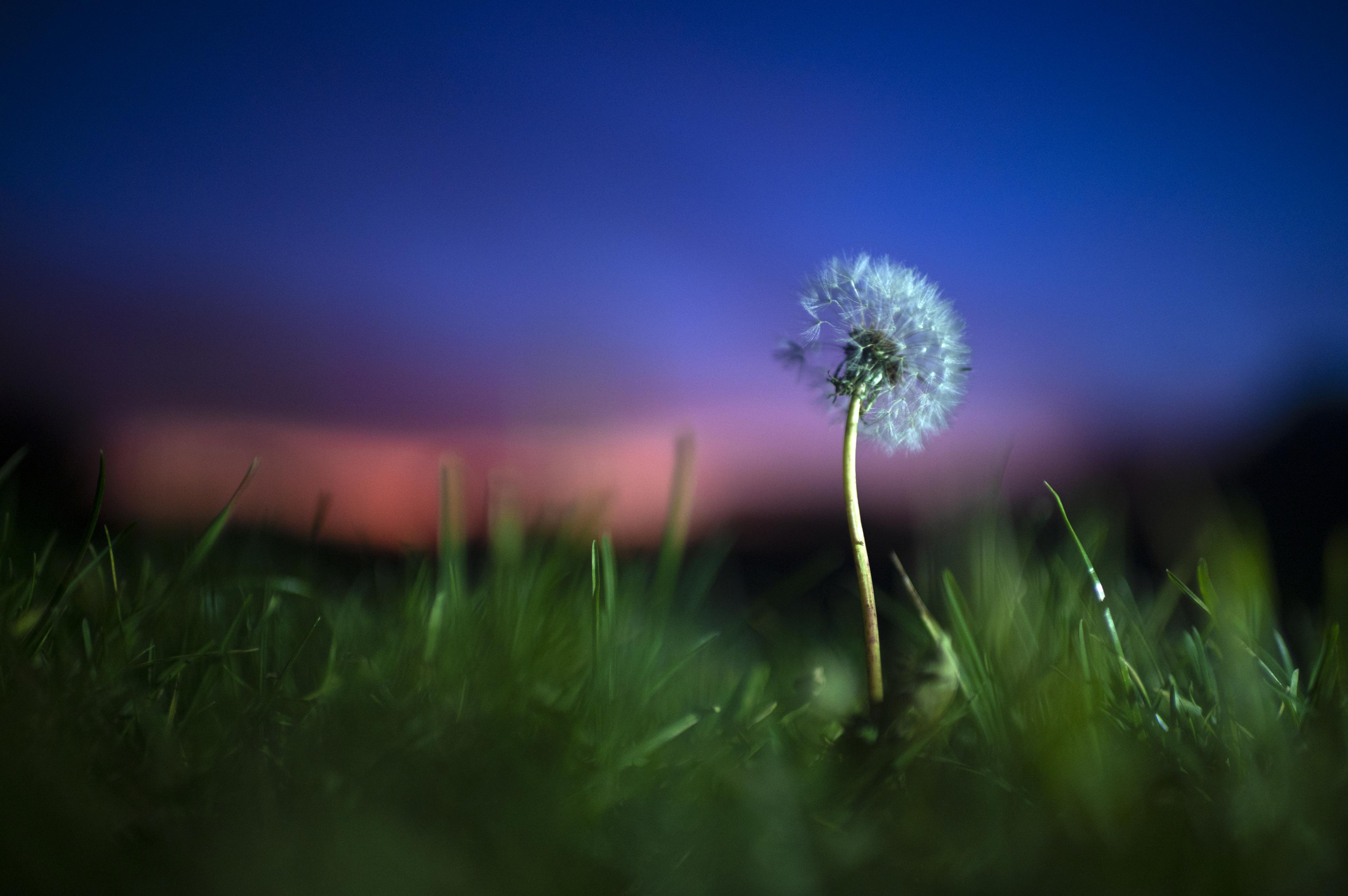
I’ve seen a lot of people trying to tell a story of where they are during the pandemic by taking photos through windows to give a feeling of isolation. When I think about self-portraits I have a much broader definition of it personally. I don’t really turn the camera on myself very often — I think what I choose to photograph is a reflection of me, so in some ways, it’s all a self-portrait.
I get out and photograph what interests me and what moves me, and I think that reveals something about who I am. It’s kind of a different way of thinking about self-portraiture.
TIP 7: Try To Capture What Something Feels Like
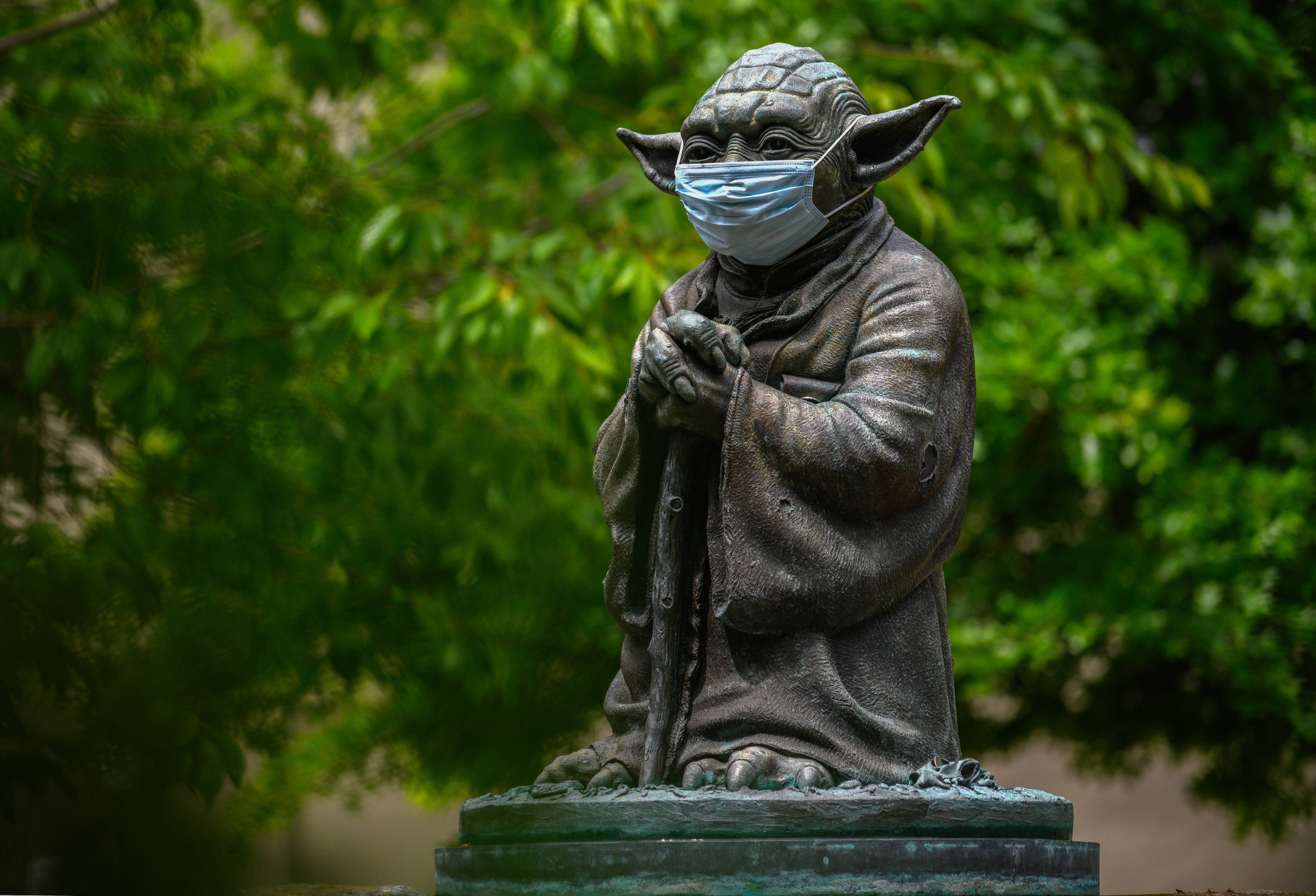
Photograph what it feels like, not just what it looks like. I think that’s a way to take your photography to the next level.
“Okay I feel isolated right now, how do I photograph that?”
Maybe that’s some kind of a dark room. Think about conveying a feeling, that’s how you can take a portrait beyond just the obvious. Bring emotion to it. Think, “how do I use light to make the most powerful photograph possible?”
TIP 8: Be True To Yourself & The Stories You Want To Tell
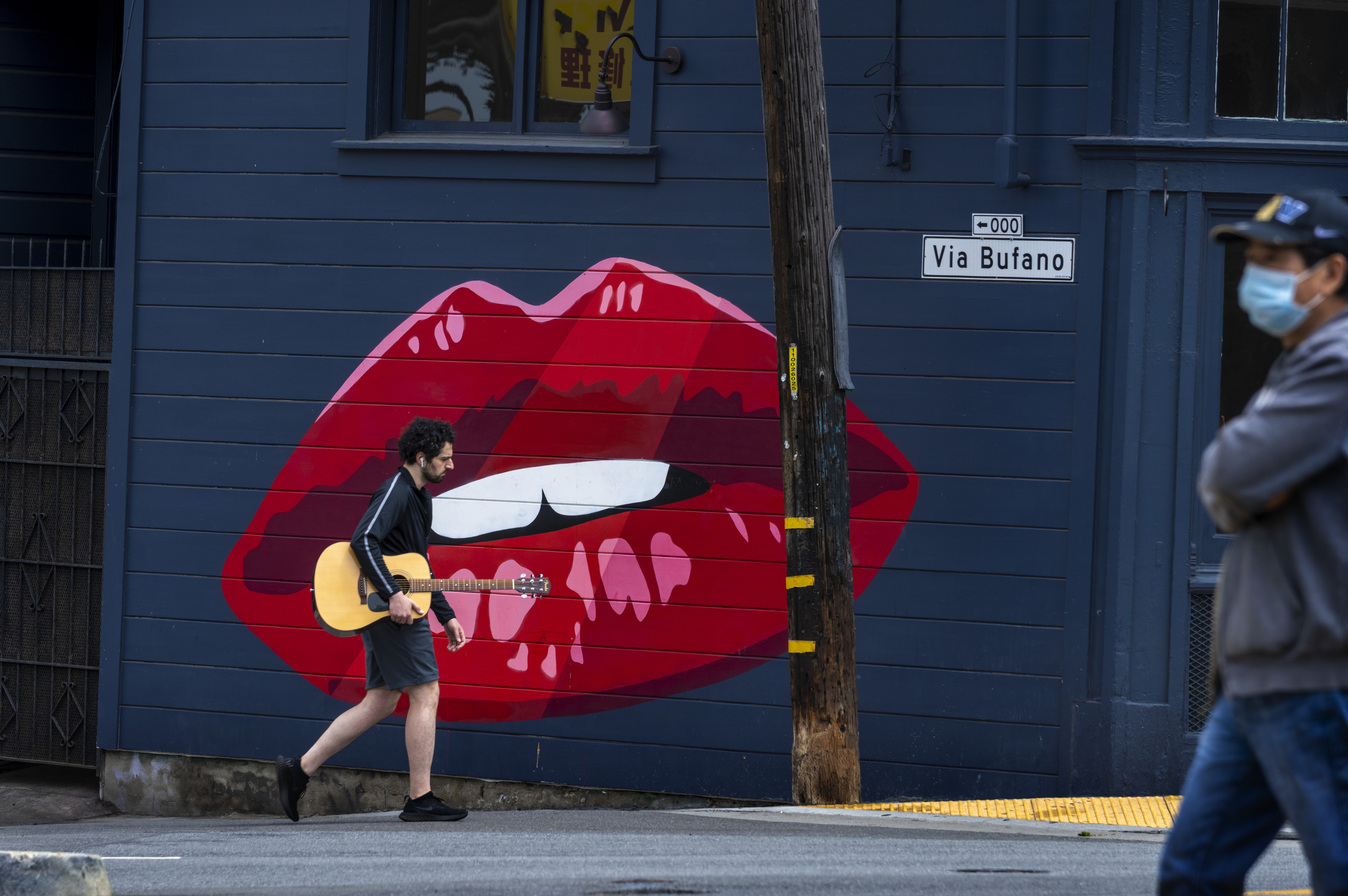
When the protests started in the summer, I started thinking about how we were experiencing a certain moment in time here, the Black Lives Matter movement, this sort of time of reckoning, how do I go out and tell that story?
I photographed a couple of the protests and there was an African American woman who showed up on horseback at one of these protests and I thought, “Wow that is really interesting. Who is she? She’s on horseback, what is her story?”
I tracked down who she was, did my research, her name is Brianna Noble. I just found her to be an incredible person. She recuses horses and trains them, she takes young kids living in the inner city and teaches them about horsemanship, she started a nonprofit to do that.
So I’m thinking “this is a remarkable woman and it feels like it’s a story of this moment” so I went out and I’ve been photographing her. It’s one of those things where I’m still able to do this and social distance, but tell a story that matters to me, something that feels like it’s relevant.
I would leave that as a message to everyone: think about what matters to you. Find it and go towards it. Think about themes, sometimes a group of photos can be more powerful than an individual picture.
More photos by Deanne Fitzmaurice:
